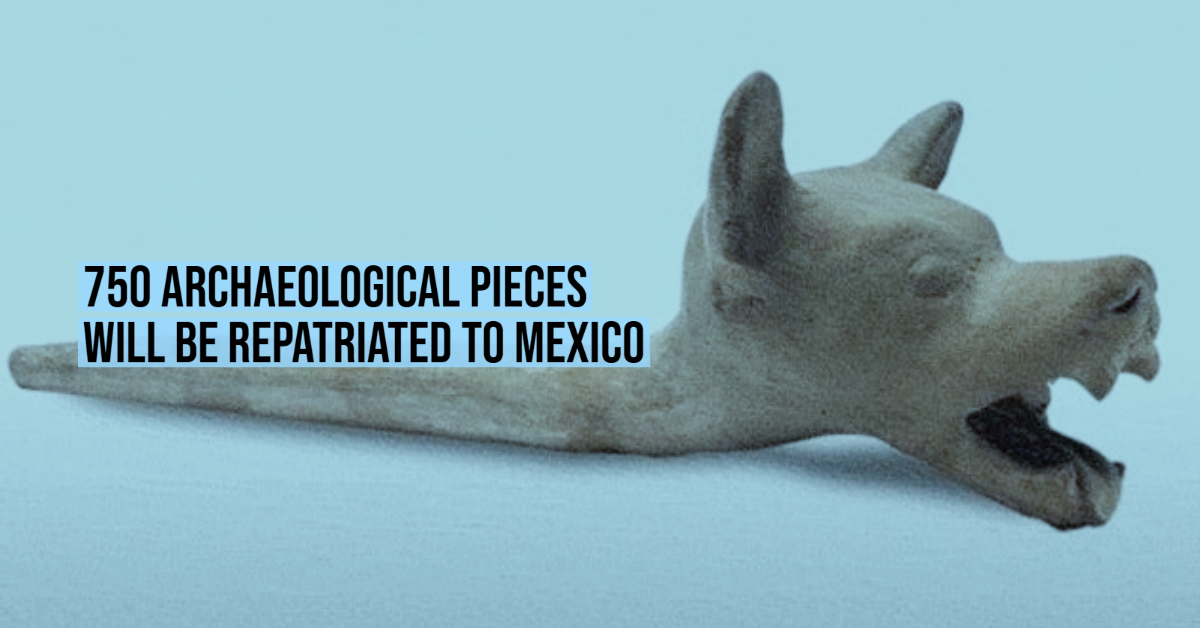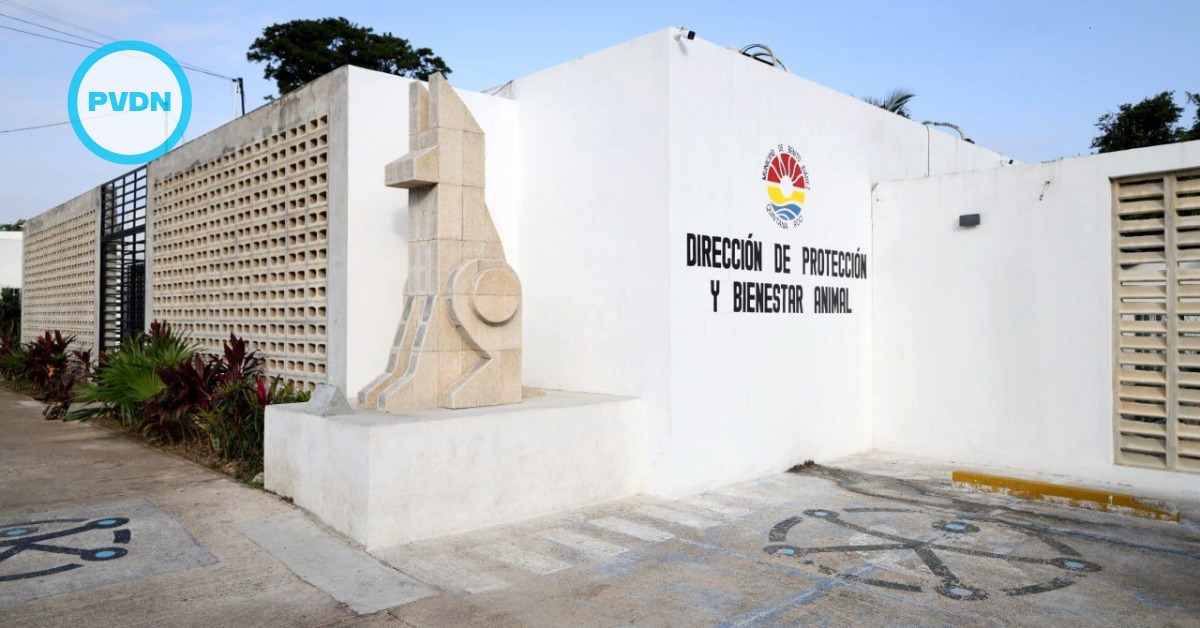Derived from seizures and voluntary returns made in Germany, Italy, the Netherlands, Denmark, Australia, France, and the United States, around 750 archaeological pieces will be repatriated to Mexico, originating from the Olmec culture, from the Mesoamerican Central Highlands, and…






